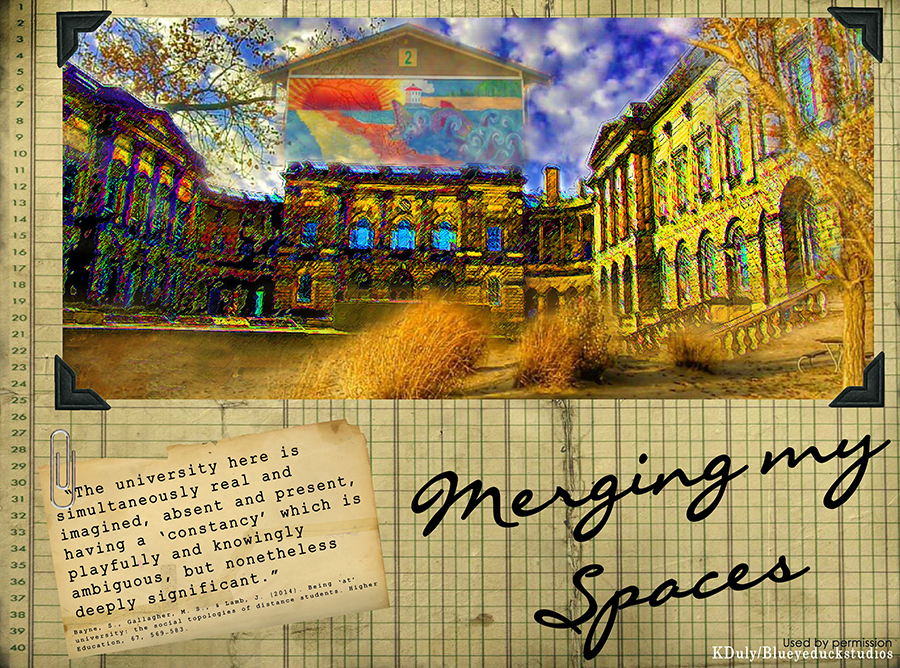
Student blogs as a valuable assessed activity
One of my favourite online places is the collection of students’ blogs on the MSc in Digital Education. In our initial course – Introduction to Digital Environments for Learning (IDEL) –students blog about their experiences of environments, reading and other activities, and about pedagogical and professional values and aspirations.
At the start of their programme, students normally only have one reader – their blog tutor – whose comments and feedback support the students’ growing understanding and meaning-making and provide constant feedforward to help improve later posts. Blogging on this course is an assessed activity, worth 60% of their grade, and students can choose which posts to submit.
Later in their programme, students might opt to blog more publicly, for example in an open course such as Education and Digital Cultures or The Digital Student Experience.
Bloggers’ regular posts frequently capture a moment when the student connects readings, and ways of thinking and practising – often with a sense of discovery or a newly critical perspective. Getting a response from their tutor encourages them to consolidate, augment or revisit that connection.
Blogging is of course particularly suited to digital environments, though the form has been adapted here for educational purposes. It uses student writing and staff feedback time in a different way from the production and marking of the final essay. It feels like a more natural and dialogic relationship, though of course it requires commitment from both students and tutors, and is quite demanding on both.
Multimodality is becoming mainstream
For their blogs, activities and assignments, students produce not only text but also images, sounds, links, and a variety of digital artefacts. The tight grip that the era of print has had on education is giving way to other modalities as well as more open textual formats. While digital environments might provide a catalyst for this, the effects infiltrate other forms of connection between academics and their students. Our students are themselves professionals, usually in educational or training contexts, and they start to realise that some of the things they’ve ‘noticed’ about digital environments have resonances for their campus or corporate environments too.
 Indeed, the permeation of digital and physical environments was explored recently when one student, Katryn, posted a postcard in her blog, in the online forum, and also through the postal system to other students willing to exchange physical postcards. The front of the card merges an image of the University of Edinburgh with some of her own environments in the United States, illustrating a quotation from an academic paper, appropriately cited. It was a delight to receive this through the post as well as through the screen.
Indeed, the permeation of digital and physical environments was explored recently when one student, Katryn, posted a postcard in her blog, in the online forum, and also through the postal system to other students willing to exchange physical postcards. The front of the card merges an image of the University of Edinburgh with some of her own environments in the United States, illustrating a quotation from an academic paper, appropriately cited. It was a delight to receive this through the post as well as through the screen.
Of course, Digital Education students are keen to explore the meanings and potential of digital tools and spaces because of the focus of their studies, so it is not surprising that this results in creative as well as critical engagement with digital environments. But the blog as a way to capture and support insights, emerging reasoning and knowledge is applicable to many disciplinary contexts – and an excellent way to spread the assessment and feedback load across the semester.
Read more about the MSc in Digital Education programme on its website and in the Digital Education Hub
Bursaries for Introduction to Digital Environments for Learning course – next deadline is 30th June 2016 for September 2016 intake.
Get a student’s perspective – staff member Susie Grieg has blogged about her experiences of the Introduction to Digital Environments for Learning course.



